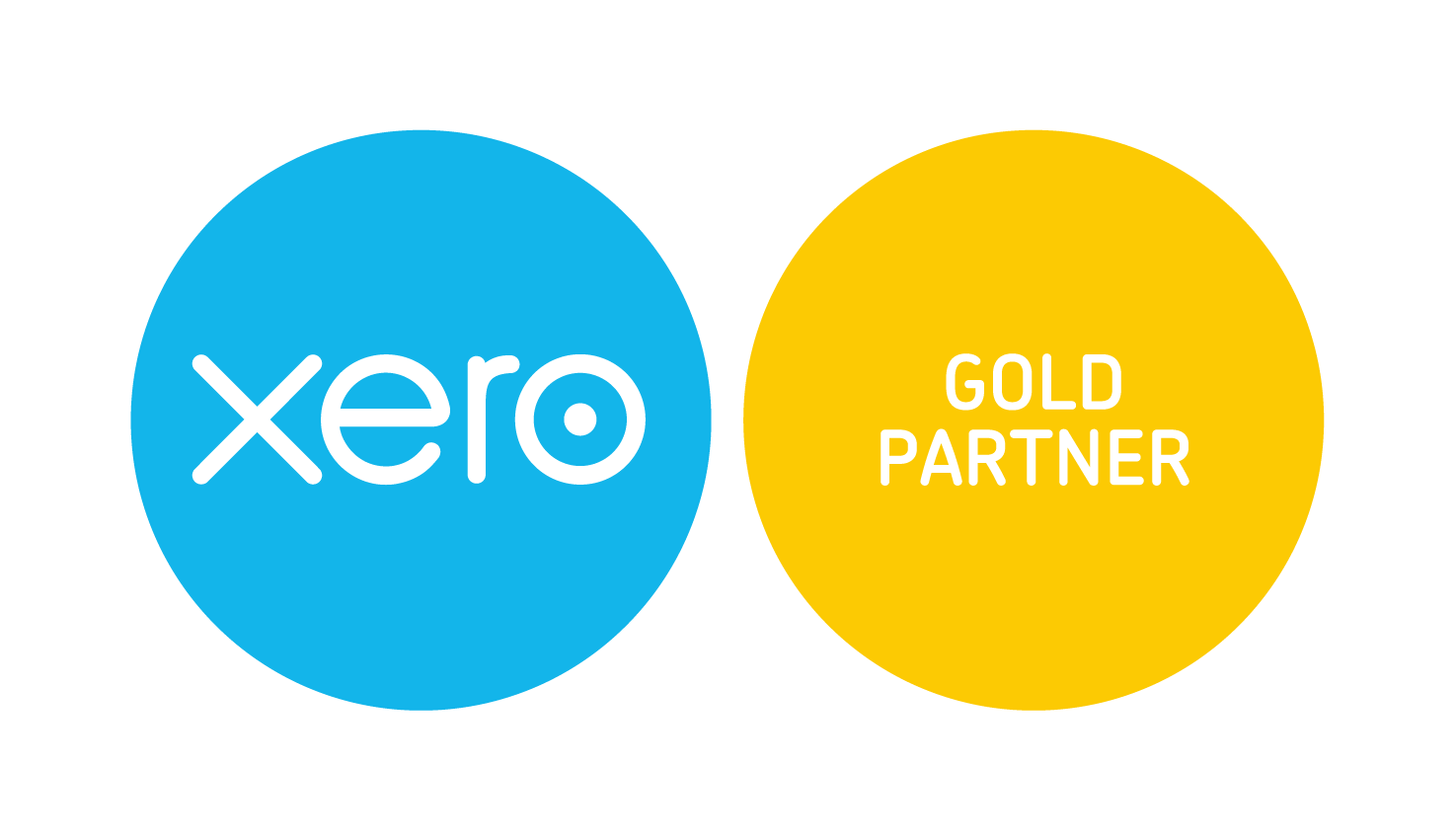The CGT main residence exemption concessions are very useful

Probably the most overlooked reason for the housing affordability crisis in Australia at the moment is the capital gains tax (CGT) exemption for a person’s home itself.
But not this alone.
Rather, it is probably the exemption in conjunction with all the various concessions a person can use to access the exemption.
And these concessions can be extraordinarily useful depending on a person’s particular circumstances.
So, let’s run through a few of the main concessions:
The concession for changing houses. This applies if you buy a new home before you sell the old one. It allows you to treat both homes as your CGT-exempt home for a period of up to six months while you sell the old home. But there are important conditions that must be met in order to use it.
The concession for moving into a house. This allows you to treat your new home as your main residence for the entire period you own it even though you may not have moved into it straight away. However, it is subject to important limits and restrictions – and generally requires you to move in “as soon as it is practicable” to do so.
The absence concession. This is an extraordinarily useful concession that allows you to treat your home as your “CGT exempt main residence” even though you may not be living in it for a lengthy period. In the case that you rent it in your absence this period lasts for six years, and if your home is not rented it lasts indefinitely. However, it is likewise subject to important conditions before you can use it – including that the residence must have been your home on a bona-fide basis. (And the ATO does track such matters!)
The building or renovation concession. This allows you to treat vacant land as your CGT exempt home for a period of up to four years where you build a new home on it and move in as soon as it is completed and live in it as your home for a period of at least three months. This concession can also be used where you leave your existing home to do major renovations – or even in a knock-down, re-build situation.
Again, these and other concessions are extremely useful depending on your particular circumstances – and can actually be used to allow you to access a full (or at least partial) CGT main residence exemption in a way that was probably never originally envisaged.
And in the case of the absence concession, for example, it even allows you to negatively gear the property during the six-year period of absence that you rent it!
On the other hand, there are also some CGT rules that can expose your home to a partial CGT exemption in a number of circumstances.
For example, there is a rule that spouses (including de-facto spouses and same sex spouses) cannot each have a CGT exempt main residence on different residences for the same period that they are spouses. And this may apply in a variety of situations. However, it seems to be a rule that the ATO does not actively pursue – nevertheless it is there in the tax law.
Another rule that may limit your ability to claim a CGT exemption on your home is where you may subdivide some of it off and sell it or transfer it to another party (eg, typically on the subdivision and sale of part of a large backyard). And this rule may be highly relevant in the current housing market – especially given more flexible council regulations.
If you are considering buying or selling a home – or find yourself thinking that you may need to use any of these concessions – we can advise you on their applicability to your case and how you can use them most effectively.







